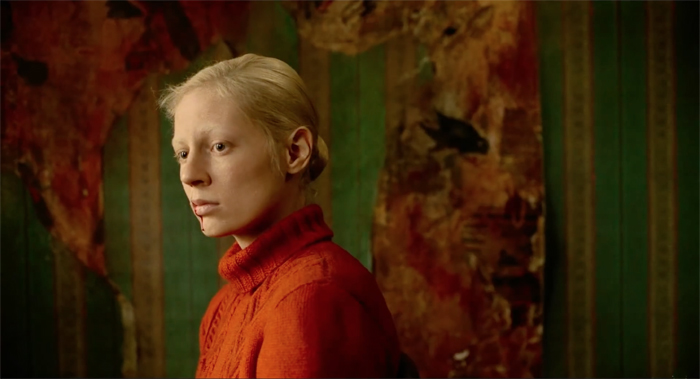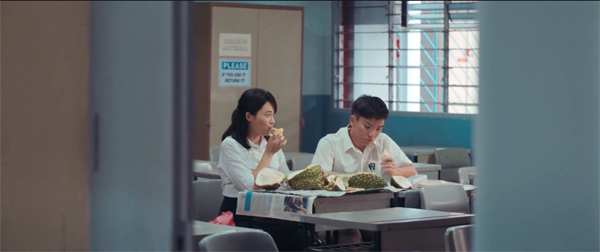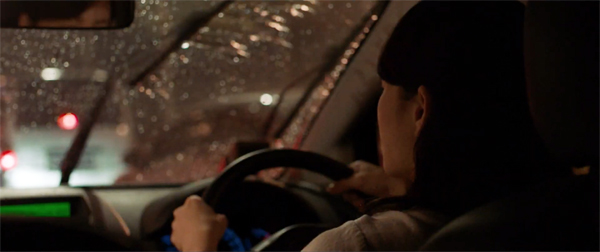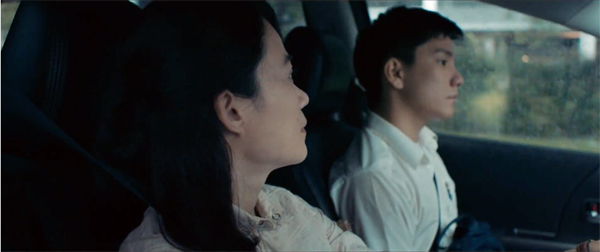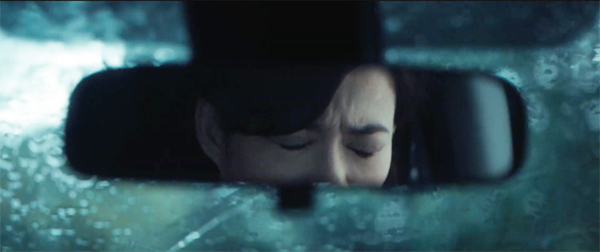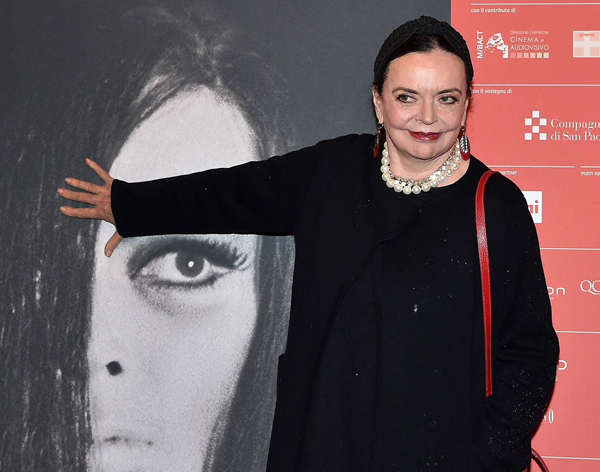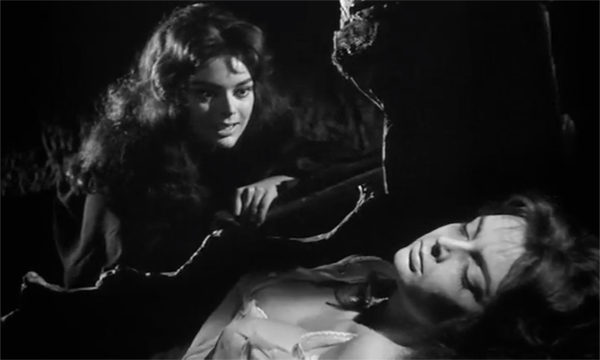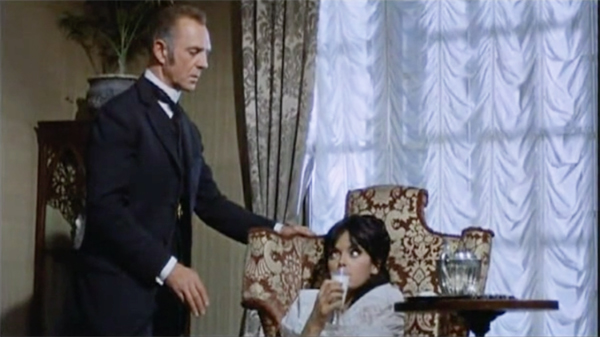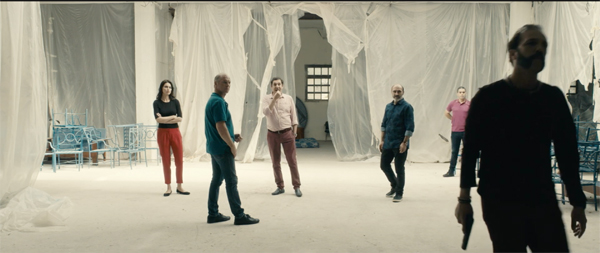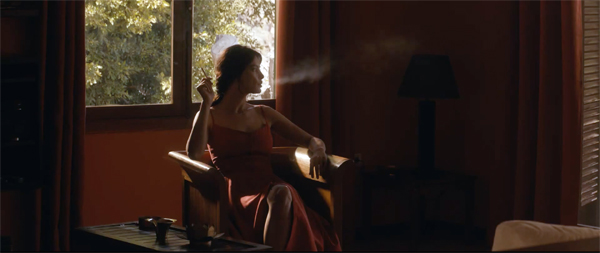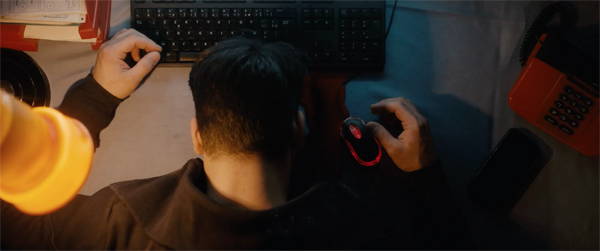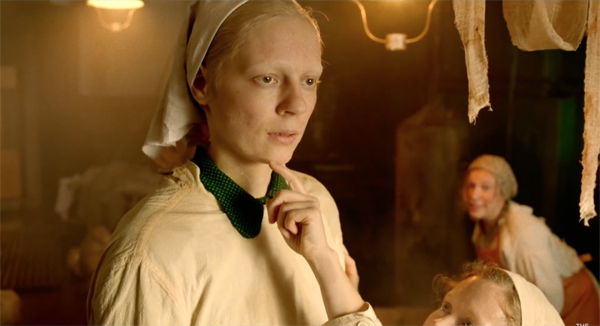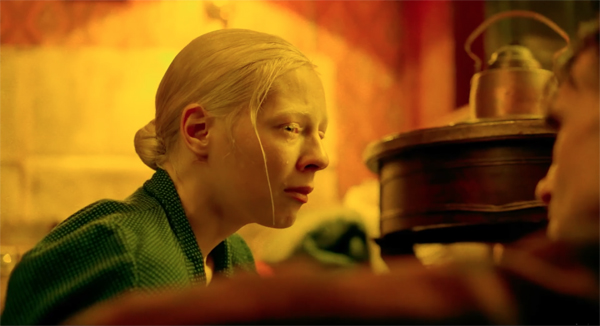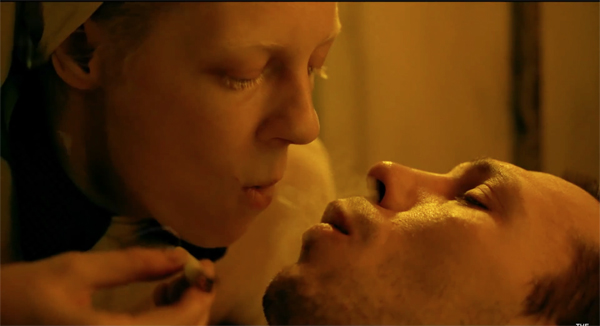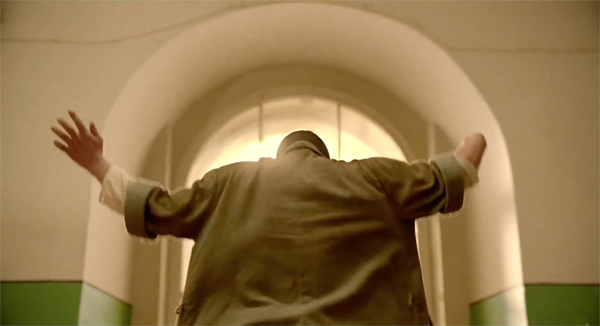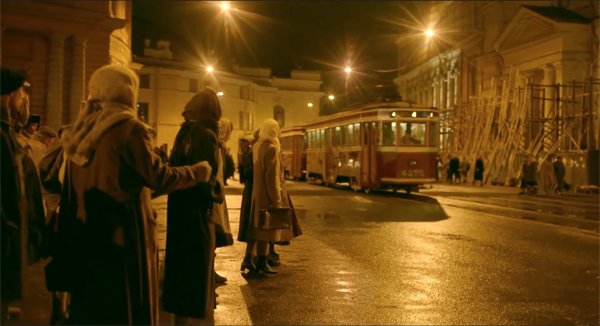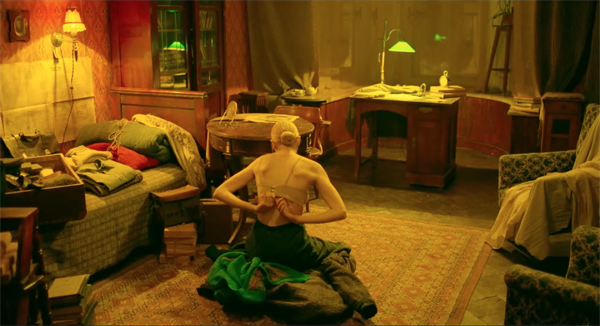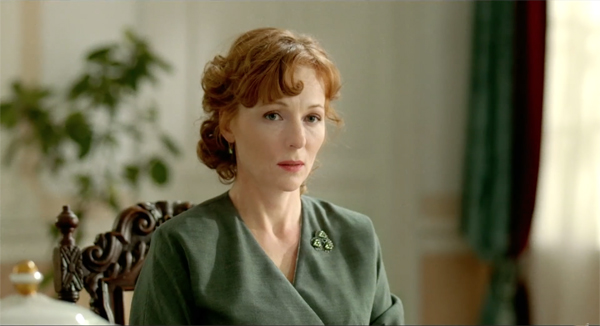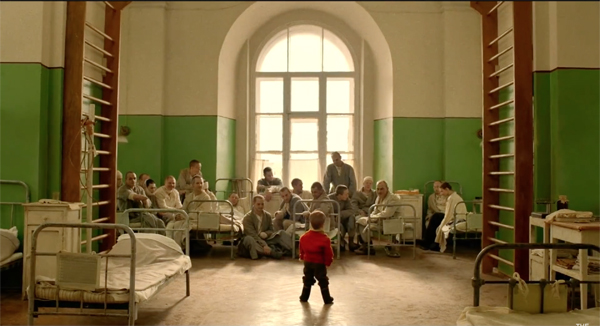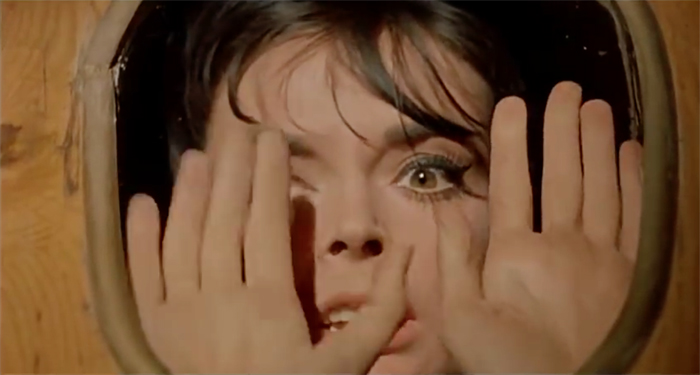Archive for the 'National cinemas: Romania' Category
Women in charge: Highlights from Torino
Beanpole (2019).
DB here:
Every day we’ve spent at the Torino Film Festival has yielded us fine and sometimes superb film experiences. Herewith some examples, all probably coming to a screen (large, small) near you.
Extracurricular melodrama
Wet Season (2019).
From Anthony Chen (Ilo Ilo, 2013) comes a woman’s drama of professional and personal travail. Ling is a Malaysian teacher working in a Singapore boys’ school. She’s trying to get pregnant through in vitro fertilization , although her husband is reluctant. She takes care of her elderly father-in-law while pressing her mostly indifferent students to pass their Chinese examinations. Things take a drastic turn when, just as Ling’s husband drifts away from her, one boy becomes violently infatuated with her.
Poised and mild-mannered, Wet Season handles its melodramatic material with restraint. For instance, there’s the careful use of Ling’s car. She and her husband are introduced driving to work together, but the shots don’t show their faces. It’s an effective expression of their empty marriage. Similar shots recur throughout the film.
Denying us the standard view forces us to pay attention to the dialogue. Lest this be thought a simply byproduct of production constraints (it’s easier to shoot a rainy drive from the back seat), later we see Ling in a more standard angle.
The new framing allows us to see her accusing glance at Wei Lun.
Still other uses of the car enable Chen to stress Ling’s reactions to developments in the drama.
Here, as so often in film, simple but shrewd production choices can build strong emotional impact. By the end, when the typhoon has finally blown over, Ling can confront the future with some hope.
Horror diva
As indicated in our previous entry, the guest of honor for Torino’s horror retrospective was the star of 1960s Italian (and other) frightfests, Barbara Steele. She received the Gran Primio Torino during the festival. Several of her films were shown, reminding me of the delirious ways that Italian filmmakers revised the genre. Take the two features I saw.
Mario Bava’s Black Sunday (La maschera del demonio, 1960), which came out the same year as Psycho, is in some ways more shocking. The opening, in which a spike-studded iron mask is pounded bloodily into the face of a witch still makes you jump. What follows is essentially an old-dark-house plot, with one character after another prowling around a castle and getting killed off by the undead witch Asa and her brother. Asa targets her descendant, the beautiful Katia, in the belief that taking her blood will grant her immorality.
Barbara, with bat-wing eyelashes and magnificently tousled hair, plays both Asa and Katia. In a bravura image, Bava uses visual effects to give us the two women in a fine widescreen composition.
The film’s endless play of highlights and shadow is really something. Although I’ve seen it before, I never appreciated its visual splendor until I encountered this DCP restoration. Kristin pointed out that we can see how the eyelights on Asa are flicked on and off so that she seems throbbing with supernatural energy.
Two years later, Barbara made for director Riccardo Freda The Horrible Dr. Hichcock (L’Orribile Segreto del Dr. Hichcock). It’s close to 1940s Hollywood Gothics in centering on uxoricide. But in a typical giallo fantastic twist, the husband who dispatches one wife accidentally tries to kill a second to revive the first. There are 1940s motifs such as the sinister housekeeper (Rebecca), the dominating portraits of Wife #1, the efforts to gaslight Wife #2, and even a glowing glass of milk (Suspicion) with which Dr. H hopes to dispatch his new wife–played, of course, by Ms Steele.
Freda has recourse to the fog and sinister noises of Black Sunday, but Bava’s labyrinthine secret passages and torture chambers are replaced by rooms stuffed with sinister chachkies. And Hichcock is in Technicolor, so Freda gives the dank Victorian parlors a subdued color design. Barbara is right at home here too, rolling her eyes apprehensively as she’s given the poisoned milk.
In all, the Torino horror retrospective was a bracing reminder of a genre that has shaped popular cinema to this day. The presence of Ms Steele was a wonderful bonus.
Cops, moles, and femmes fatales
The Whistlers (La Gomera, 2019).
When a film is grounded in a basic genre formula, much of your enjoyment comes from seeing not only fresh twists of plot but also felicities of sound and image. That was my response to Corneliu Porumboiu’s The Whistlers (La Gomera), a quietly flashy neo-noir.
Everything is there. We have the intricate schemes of cops, crooks, and everybody in between in pursuit of mattresses stuffed with cash. There’s the tired, seen-too-much cop who works for the gang, not least because of the wiles of a stupendously gorgeous femme fatale. There are the Eurotrash thugs and heavies supervised by a calculating boss, and flashbacks that lead you to wonder who exactly is conning whom.
But Porumboiu tinkers with the familiar narrative mechanics. In an age of cellphones and video surveillance, the crooks must communicate in a frankly analog code: they whistle their messages, disguised as birdsong. The tough supervisor who suspects our protagonist is a mole isn’t the usual overbearing male, but rather a woman with her own femme fatale streak. She’s as suspicious of surveillance as the crooks, stepping outside her bugged office to negotiate extralegal stings with her staff.
Likewise, Porumboiu gives up the “free-camera” straying and fumblings that we see in so many films these days. He locks down his camera to create precise, radiant images. Here’s Gilda, yes, you heard that right, smoking and waiting for trouble.
It’s a pleasure to see crisp frame entrances and exits, along with tracking shots reserved for climactic moments, as when the gang steps into a police ambush mounted on a disused film set. A well-judged sense of framing enables an overhead shot in which the dark blood of a dead man at a work station flows into the mouse and lights it up in a discreet crimson flash.
The Whistlers isn’t as rich, I think, as the director’s earlier policier, Police, Adjective, but it’s a satisfying genre exercise. It yields dry wit (sleek fashionista gangsters struggling to load mattresses into a small car) and surprise twists–not least the epilogue, which brings back the coded whistles in an amusing sound gag.
Women at war
Beanpole (2019).
Another way to put it: The Whistlers is that rarity today, the thoroughly “designed” film. Here all the stylistic and narrative choices stand sharply revealed as part of what we are to notice, and enjoy. (Other instances: the Coens, Almodóvar.) Another example at Torino is the already widely-praised Russian drama by Kantemir Balagov, Beanpole.
Leningrad: World War II has recently ended, and two women must face the postwar world. Iya and Masha have been gunners at the front. Iya was invalided out because of episodes of “freezing,” seizing up in a sort of paralyzed trance and making clicking sounds until the spasm eventually passes. Now she works in a hospital patching up wounded soldiers and taking care of Masha’s child, born at the front. Masha eventually returns and takes a job at the hospital as well.
But their friendship suffers through a horrific accident that plunges the towering and slender Iya, the beanpole (dilda, “tall girl”) of the title, into shame and depression. Masha, more aggressive in remaking herself as the war ends, drives the second half of the film. She begins a pragmatic relationship with the weak soldier Sasha. When he brings her home to meet his parents, proud members of the Bolshevik bourgeoisie, she supplies all her backstory about life on the front that fills in crucial gaps.
Beanpole‘s few characters–the two women, Sasha, and a weary doctor supervising the clinic–throb with a Dostoevksian intensity. With her paralysis and quiet mournfulness, Iya recalls Prince Myshkin; some shots virtually sanctify her.
As in Dostoevsky’s novels, nearly every scene is worked up to a furious emotional pitch. The nosebleed that seems to pass contagiously among characters is virtually a sign of passions under pressure.
The tension is carried through lengthy, often silent stares shared between characters thrusting themselves at one another. Balagov relies on close-ups and tight two-shots running very long; there are about 325 shots in the film’s 131 minutes. Here Iya helps a dying soldier to smoke in a perfectly composed two-shot in the wide format.
Without prettifying Leningrad during and after the siege, the film’s pictorial design is ravishing. The main sets are designed to complement one another. The hospital is bathed in a creamy light, while the night streets radiate a dark golden glow.
The apartment Iya and Masha share is ripe in dark greens and reds, the result of years of tearing away layers of wallpaper. (See our top image.) The doctor’s apartment offers a warmer, less distraught balance of reds and greens.
The palatial home of Sasha’s parents yields another register, one of tidy, frosty elegance.
And the clinic is given a dose of red and green by the painted walls and the presence of little Pashka.
The pictorial harmonies and modulations are just one part of this gripping, exhilarating film. Beanpole will be distributed by Kino Lorber in the US and Mubi in the UK.
We wish to thank Jim Healy, Emanuela Martini, Giaime Alonge, Silvia Saitta, Lucrezia Viti, Helleana Grussu, and all their colleagues for their kind help with our visit.
Thanks as well to David Vandenbossche for a correction of a movie title.
For more Torino images, visit our Instagram page.
Cynthia Hichcock (Barbara Steele), trapped in a coffin by her husband, in The Horrible Dr. Hichcock (1962).












